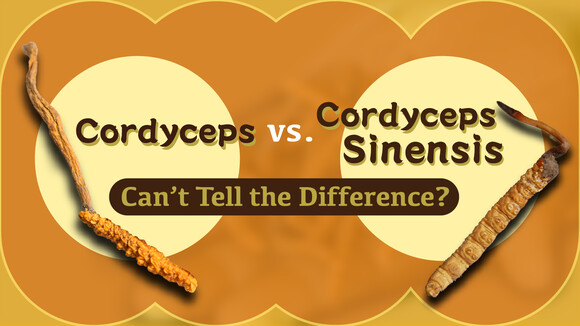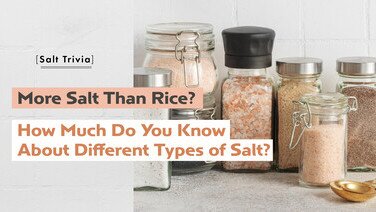Is it an insect or a plant?
Cordyceps sinensis, as the name suggests, is a composite formed by both “insect” and “plant.” The “insect” refers to the larval corpse of an insect belongs to the Hepialidae family in the Lepidopteran order, commonly known as ghost moths., while the “plant” is the fruiting body of the fungus Cordyceps sinensis.
The “winter” and “summer” in its name describe its birth process. In winter, the fungus invades the moth larva, absorbing its nutrients, filling it with mycelium and causes its death. This is just the beginning; the fungus continues to absorb nutrients from the larva, forming a sclerotium. By early summer, the fruiting body grows from the larva’s head, emerging from the ground. The insect-fungus composite of Cordyceps sinensis is officially born. It is also known as Chinese caterpillar fungus, with the Latin name Cordyceps sinensis.
Did you know there are many types of Cordyceps?
When buying Cordyceps sinensis, don’t just ask for “Cordyceps,” as there are many organisms classified under the genus Cordyceps! Examples include Cordyceps hawkesii, Cordyceps militaris, Cordyceps liangshanensis, and Cordyceps ophioglossoides. In terms of price, Cordyceps sinensis is several times, even more than ten times, more expensive than the above-mentioned Cordyceps. This is because the harvesting of Cordyceps sinensis is now restricted to prevent overharvesting, protecting the environment and resources.
2 Tips to Distinguish Cordyceps sinensis from Other Cordyceps
Distinguishing between the two is very simple; just look at the product description and appearance:
Name: According to the Chinese Pharmacopoeia and Hong Kong’s Chinese Medicine Ordinance, only Cordyceps sinensis is Dongchongxiacao. According to the Chinese Medicine Ordinance, if a product does not contain Cordyceps sinensis, it write “Cordyceps sinensis” on the ingredient list. Currently, there are products called “Cordyceps flowers” on the market, which look a bit like dried daylily. These are actually mycelium cultivated from Cordyceps fungi and cannot be compared in price to genuine Cordyceps sinensis.
Appearance: Cordyceps sinensis has clear textures, with four pairs of legs on the abdomen, while other Cordyceps species do not have such prominent legs.
For more information about Cordyceps sinensis, you can refer to [Issue 384 of Choice Monthly: Be Cautious When Buying Cordyceps sinensis].
Disclaimer
This article has been translated using artificial intelligence (AI) technology. While efforts have been made to ensure the accuracy of the translation, it may not be perfect and could contain errors or inaccuracies. The original article at https://www.consumer.org.hk/tc/shopping-guide/trivia/2020-trivia-cordyceps should be referred to for the most accurate information. The Consumer Council does not assume any responsibility for any error, omission, or ambiguity in the translated content. If you have any question or concern about the translation, please refer to the original article or consult a professional translator.








![[Baby Snacks Guide] Who Says Snacks Can’t Be Healthy?](/f/guide_detail/415742/376c212/bb%20snack.jpg)


